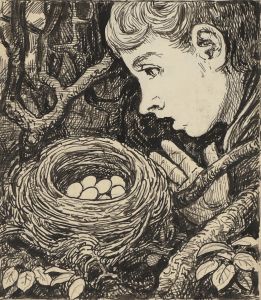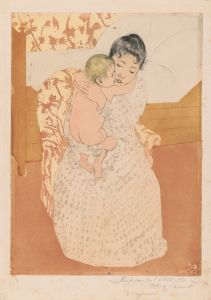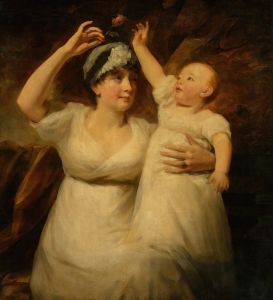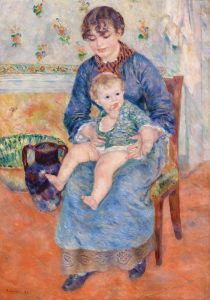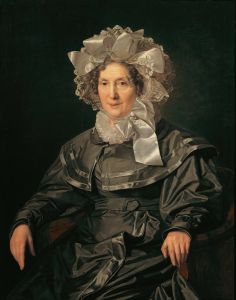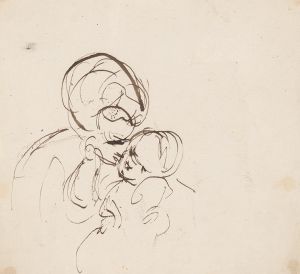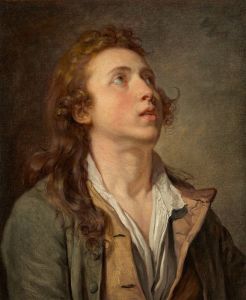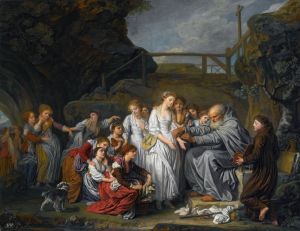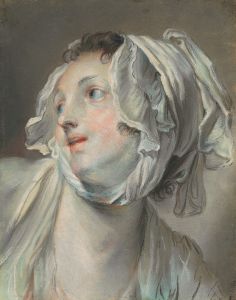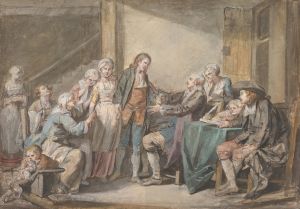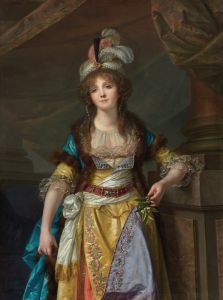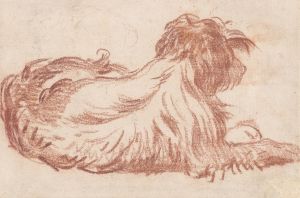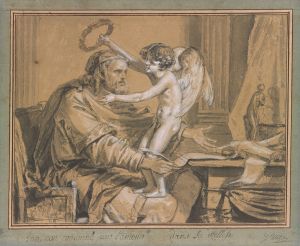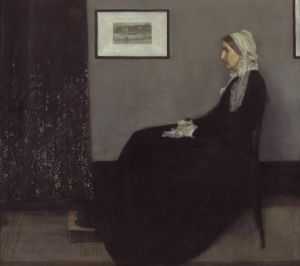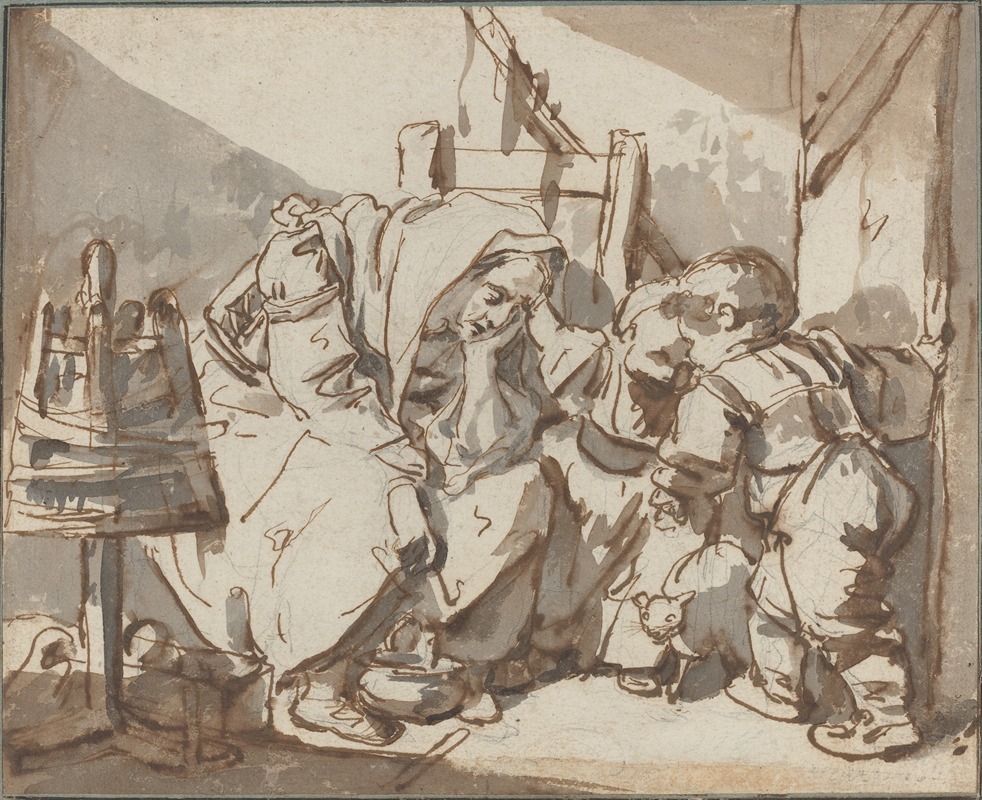
A Tired Woman with Two Children
A hand-painted replica of Jean-Baptiste Greuze’s masterpiece A Tired Woman with Two Children, meticulously crafted by professional artists to capture the true essence of the original. Each piece is created with museum-quality canvas and rare mineral pigments, carefully painted by experienced artists with delicate brushstrokes and rich, layered colors to perfectly recreate the texture of the original artwork. Unlike machine-printed reproductions, this hand-painted version brings the painting to life, infused with the artist’s emotions and skill in every stroke. Whether for personal collection or home decoration, it instantly elevates the artistic atmosphere of any space.
Jean-Baptiste Greuze, a prominent French painter of the 18th century, is well-known for his genre paintings that often depict scenes of domestic life imbued with moral undertones. One of his works, "A Tired Woman with Two Children," exemplifies his skill in capturing the emotional depth and complexity of everyday life. Although specific details about this particular painting are scarce, it is consistent with Greuze's thematic focus and artistic style.
Greuze was born on August 21, 1725, in Tournus, France. He gained recognition for his ability to portray the subtleties of human emotion and the moral narratives embedded within domestic scenes. His works often reflect the societal values and familial dynamics of his time, resonating with the Enlightenment ideals that emphasized reason, morality, and the importance of family.
"A Tired Woman with Two Children" likely fits into Greuze's broader oeuvre, which often features women and children in intimate, emotionally charged settings. His paintings are characterized by their detailed realism and the expressive faces of his subjects, which convey a range of emotions from tenderness to despair. Greuze's ability to capture the nuances of human expression made his works particularly compelling and popular among his contemporaries.
In the context of 18th-century France, Greuze's paintings often served as visual narratives that communicated moral lessons or social commentary. The depiction of a tired woman with her children could suggest themes of maternal devotion, the burdens of domestic life, or the societal expectations placed upon women. Greuze's work frequently highlighted the virtues and struggles of ordinary people, making his art accessible and relatable to a wide audience.
Greuze's influence extended beyond his lifetime, as his works continued to be appreciated for their emotional depth and technical skill. He was associated with the Rococo movement early in his career but later became a precursor to the Neoclassical style, which emphasized clarity, order, and moral seriousness. His genre paintings, including those like "A Tired Woman with Two Children," contributed to the evolving narrative art forms that would gain prominence in the 19th century.
Despite the lack of specific information about "A Tired Woman with Two Children," it can be inferred that the painting aligns with Greuze's artistic vision and thematic concerns. His ability to evoke empathy and reflection through his portrayal of everyday life remains a testament to his enduring legacy in the art world. Greuze passed away on March 4, 1805, in Paris, leaving behind a body of work that continues to be studied and admired for its emotional resonance and technical mastery.





